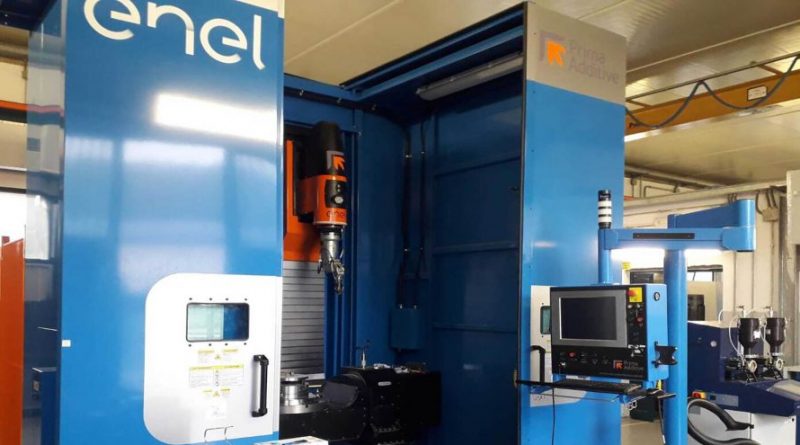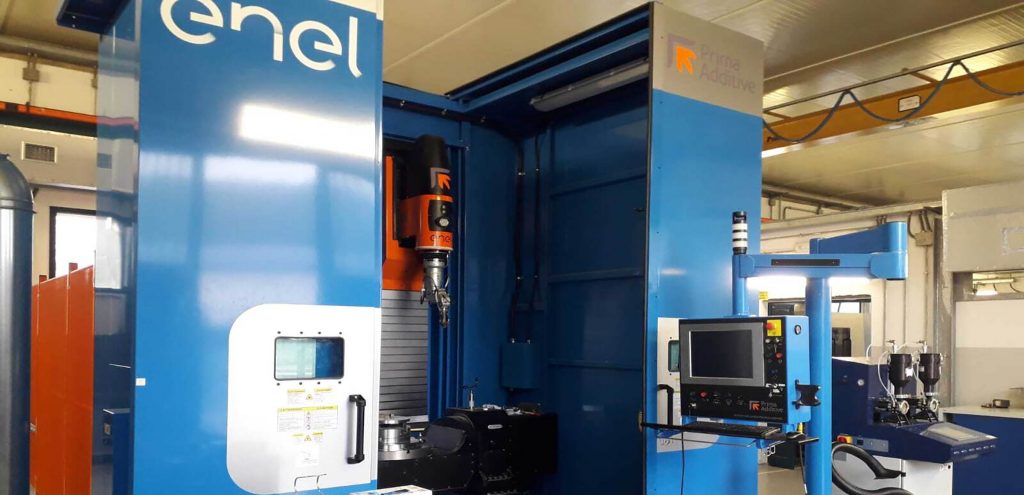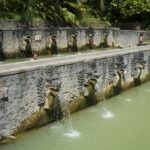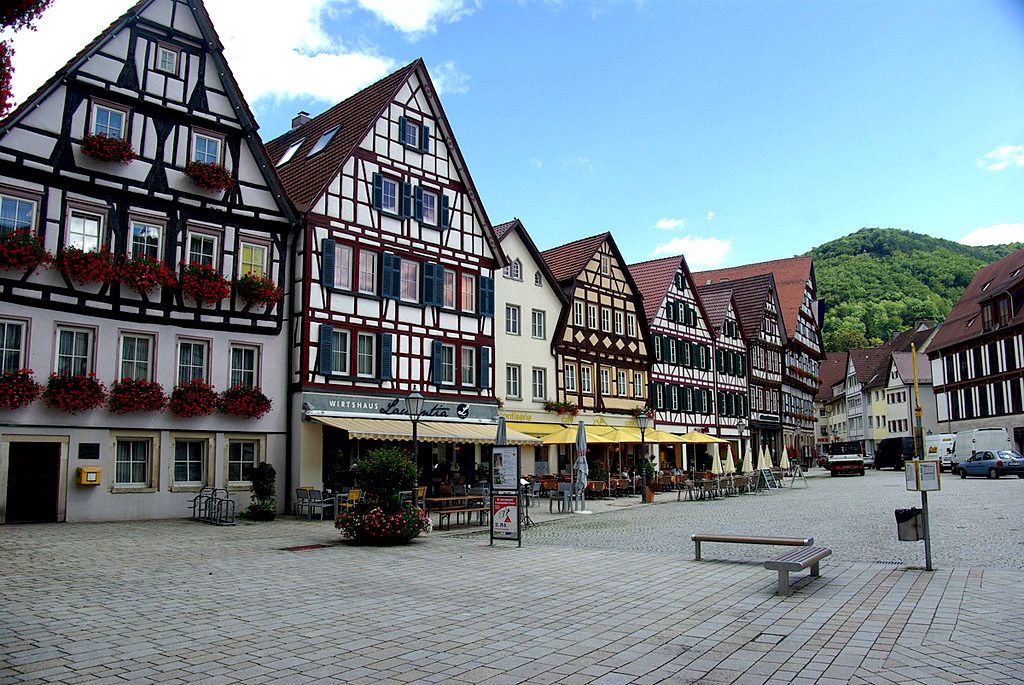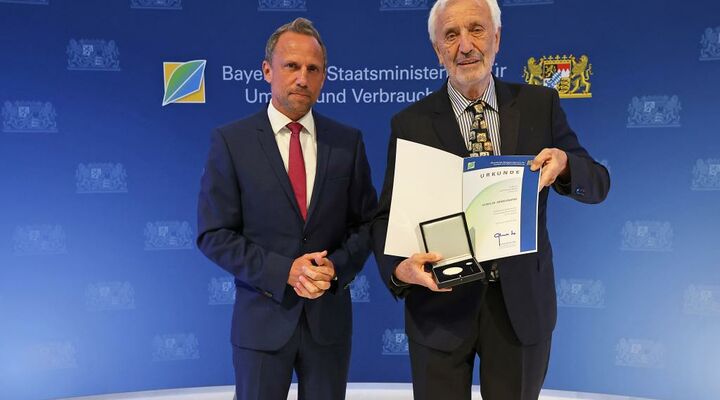3D printing for technical components of geothermal plants
Energy Disrupter
Italian Enel has been approaching 3D printing technology to repair essential technical components of a geothermal power plant.
An interesting article was published by Italian geothermal power house Enel last week, describing ts approach using 3D printers to provide replacement parts in geothermal power plants in Italy and this at dramatically reduced costs.
The piece shares the success story that recently involved Enel’s Santa Barbara metallurgy labs in Cavriglia, near Arezzo, as part of the company’s flagship Geyser project. This project is dedicated to geothermal energy, one of the renewable sources that has been in use the longest; Italy – and Enel Green Power – are leaders in this field. Here is their story.
Geyser’s aim is to optimize the management of geothermal plants, ensuring their sustainability and full functionality, increasing their operational efficiency, and constantly improving their technical and financial performance – all while paying full attention to safety and the environment.
The team working on the project organized a round table of technicians and experts from the geothermal, thermal, and hydroelectric sectors. That is where the idea originated to use a 3D printer for the first time to repair an essential component of a geothermal power plant.
“It all started from our curiosity and desire to use the 3D printer that we had in-house,” says Nicoletta Mazzuca, Enel Green Power’s Project Manager for Geyser, which is developing around 42 initiatives involving over 80 people. “We wanted to repair parts that were going to end up in landfills because they couldn’t be fixed with conventional forging techniques. But, thanks to our colleagues’ passion, competence, and cooperation, we found a solution.”
The solution is located in the Santa Barbara metallurgy labs, at the headquarters of Engineering and Technical Support for Enel Production, where an additive manufacturing machine with Laser Metal Deposition (or Direct Energy Deposition) technology has been available since 2019. This extremely high-tech tool can reproduce and repair various metal parts by depositing the necessary material one layer at a time.
“The fact that the printer is in an area that also has a metallurgy lab provides immense added value. In this way, the additive manufacturing process can be monitored almost in real time, checking the mechanical, chemical, and metallurgical properties of the items manufactured so we can also count on constant feedback,” explains Giulio Andrucci, Technical Leader and coordinator of the Santa Barbara metallurgy lab.
The full article, linked below, provides full details on the project, the approach, as well as technical aspects of this interesting and particularly innovative approach.
Source: Enel

